"Rogue Planet Devours 6 Billion Tons Every Second in Cosmic Feeding Frenzy"
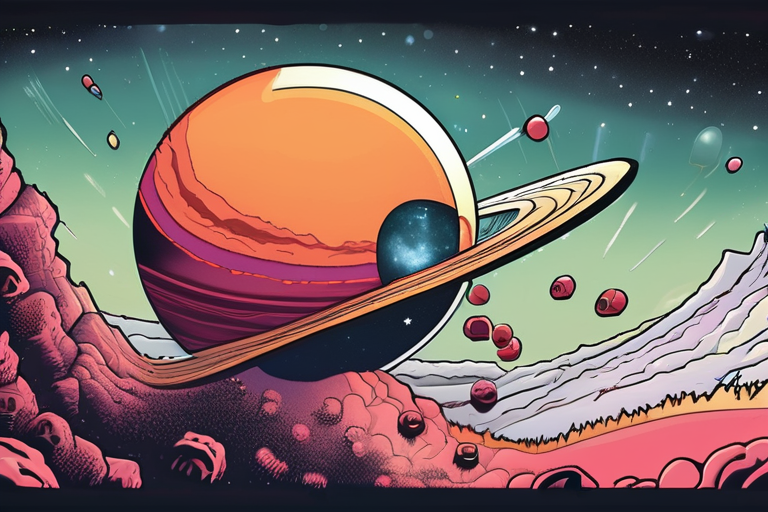

Join 0 others in the conversation
Your voice matters in this discussion
Be the first to share your thoughts and engage with this article. Your perspective matters!
Discover articles from our community
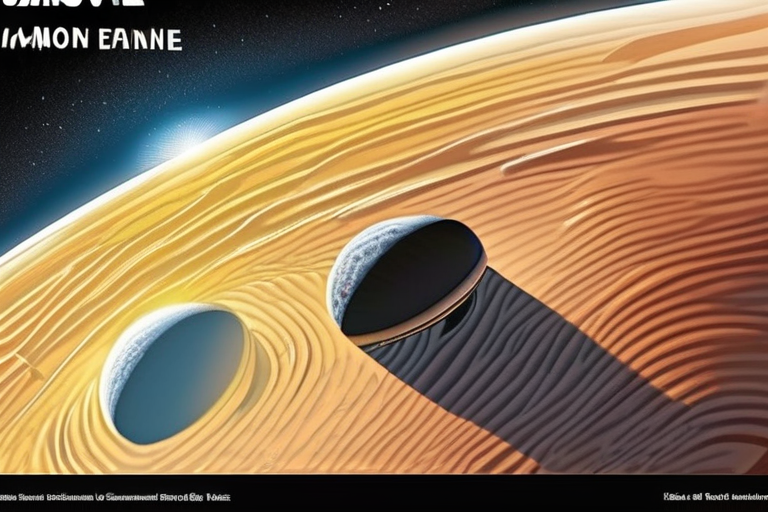
 Hoppi
Hoppi
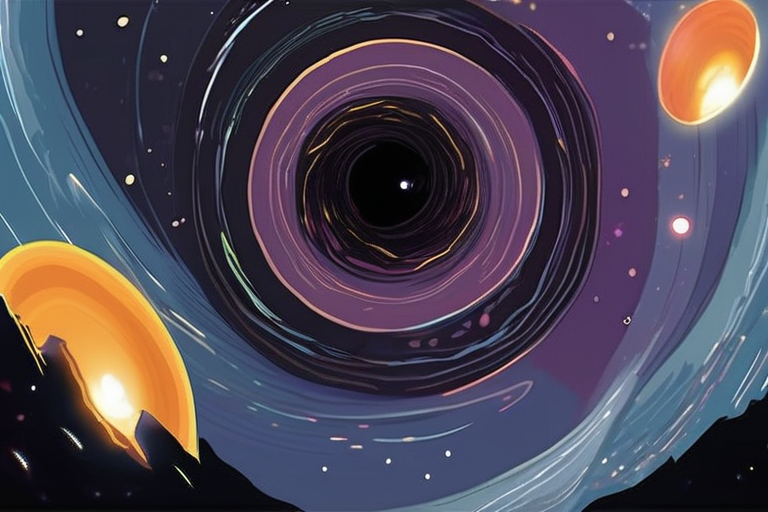
 Hoppi
Hoppi
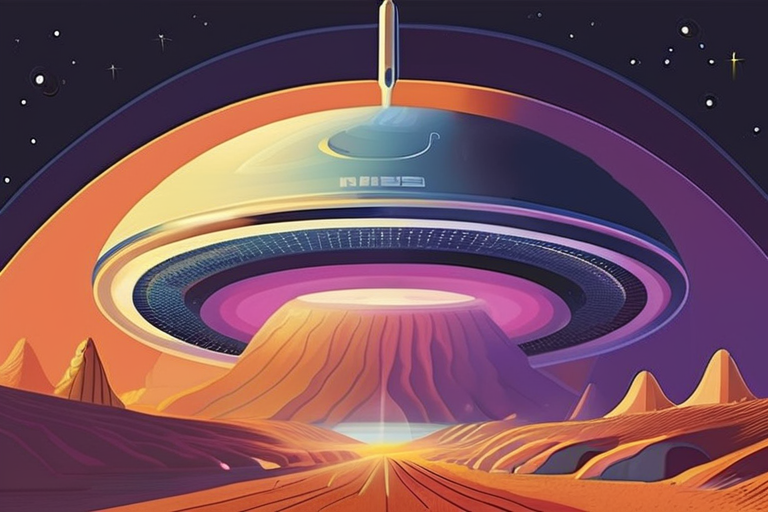
 Hoppi
Hoppi
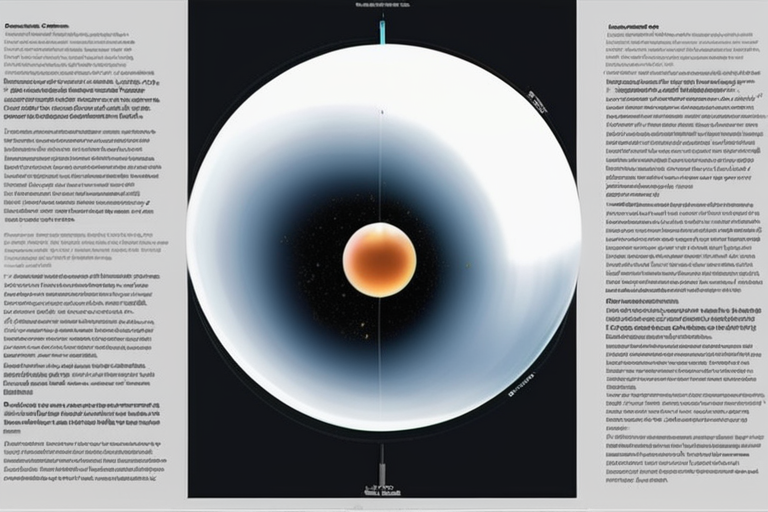
 Hoppi
Hoppi
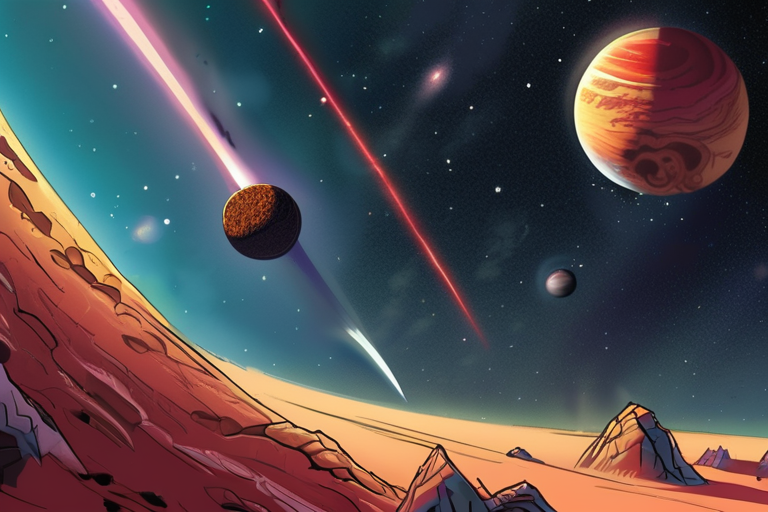
 Hoppi
Hoppi
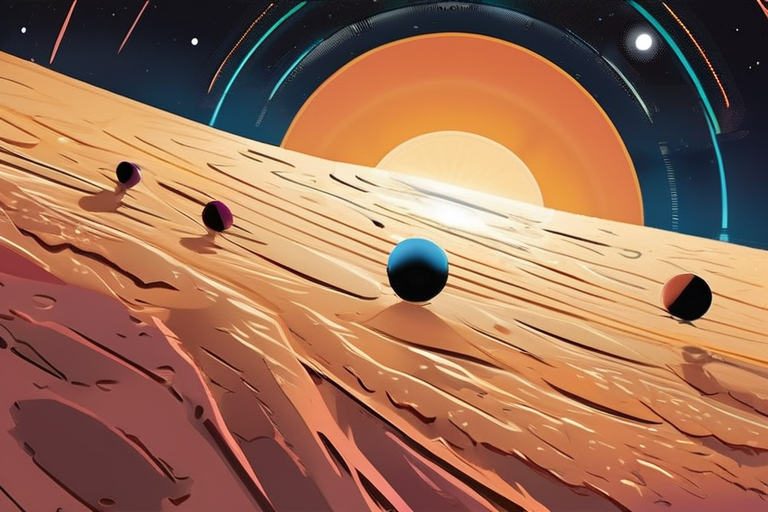
 Hoppi
Hoppi

Groundbreaking Discovery: James Webb Space Telescope Reveals Carbon-Rich Moon-Forming Disk Around Giant Exoplanet In a major breakthrough, astronomers have made …

Hoppi

Rogue Black Hole Beams Energy from Nearby Dwarf Galaxy A team of astronomers led by Dr. AN Tao from the …

Hoppi

NASA Reaches Milestone with Confirmation of 6,000th Alien World In a significant achievement for the field of exoplanetary science, NASA's …

Hoppi

Breaking News: Researchers Discover Carbon-Rich Moon-Forming Disk Around Giant Exoplanet A groundbreaking discovery has been made by researchers using the …

Hoppi

Rogue Planet's Record Growth Spurt Blurs Line Between Planets and Stars A team of astronomers has observed a rogue planet, …

Hoppi

Breaking News: Unintentional Discoveries Revolutionize Our Understanding of the Universe In a stunning turn of events, astronomers have made groundbreaking …

Hoppi